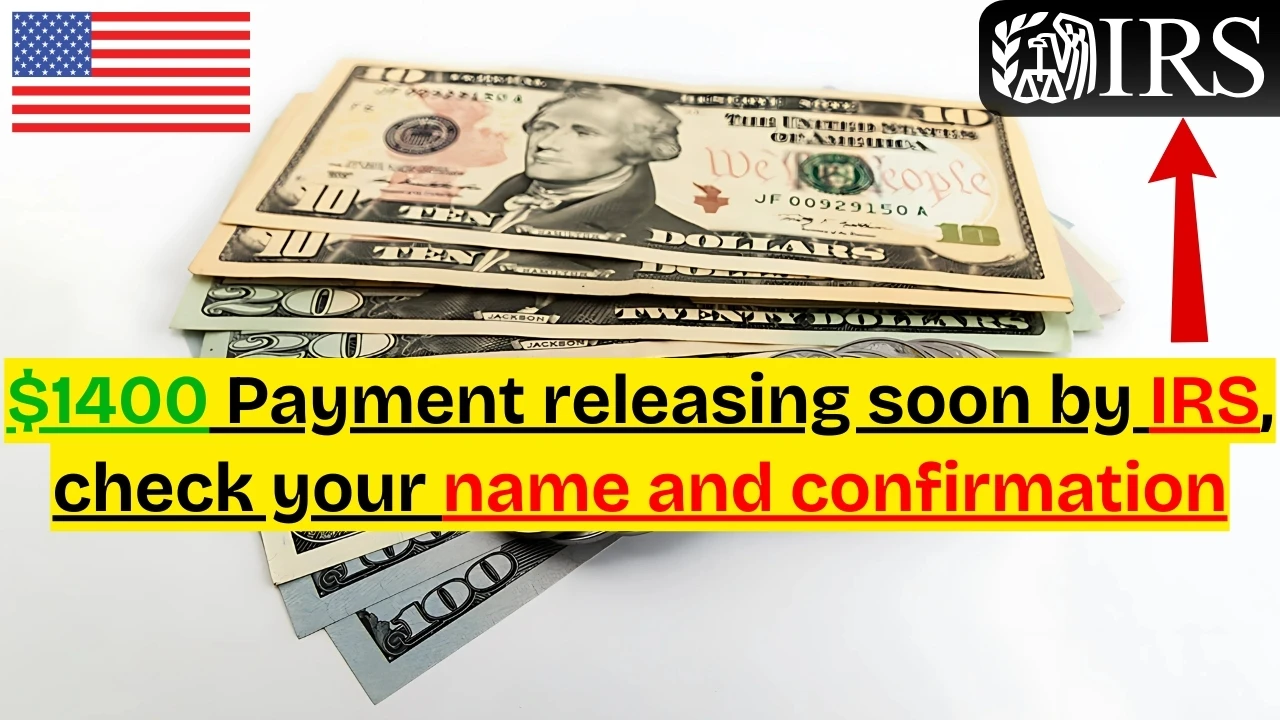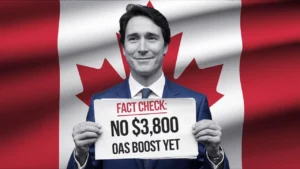Imagine opening your mailbox or checking your bank account and finding an unexpected $1,400 waiting for you. Sounds like a dream, right? Well, for over a million Americans, this could soon be reality. The Internal Revenue Service (IRS) is gearing up to release a batch of $1,400 payments tied to the 2021 Recovery Rebate Credit (RRC). But here’s the catch: time’s running out to claim it, and you’ll need to confirm your eligibility. Let’s dive into what this means, who qualifies, and how you can check if your name’s on the list.
What’s This $1,400 Payment All About?
Back in 2021, the American Rescue Plan rolled out a third round of stimulus checks to help folks weather the COVID-19 storm. Most people got their $1,400 automatically, but some slipped through the cracks—about one million, according to IRS estimates. Maybe you didn’t file a tax return that year, or perhaps there was a glitch in the system. Whatever the reason, the IRS is now playing catch-up, distributing around $2.4 billion in unclaimed funds.
This isn’t a new stimulus—it’s money you were entitled to years ago. The IRS calls it the Recovery Rebate Credit, a refundable tax credit for those who missed out. And with the deadline looming on April 15, 2025, it’s your last shot to grab it.
Why Now?
You might be wondering, “Why is this happening in 2025?” The IRS has a three-year window to issue refunds or credits tied to a tax year. Since these payments are linked to 2021 returns, April 15, 2025, marks the cutoff. After that, unclaimed funds vanish into the U.S. Treasury, gone forever. The agency’s been proactive lately, auto-sending payments to some eligible folks since late 2024, but others still need to act.
Are You Eligible for the $1,400?
Not everyone’s getting a check, so let’s break it down. The IRS has already sent most Economic Impact Payments, but this batch targets two groups:
- People who filed a 2021 return but didn’t claim the credit. Maybe you left the RRC field blank or entered $0 by mistake. If you qualified back then, the IRS might send you the money automatically.
- Non-filers who haven’t claimed it yet. If you didn’t file in 2021—say, because your income was too low—you could still be owed $1,400, but you’ll need to submit a return by the deadline.
Eligibility hinges on a few factors:
- Your 2021 adjusted gross income (AGI) was under $75,000 (single) or $150,000 (married filing jointly) for the full amount. It phases out completely at $80,000 and $160,000, respectively.
- You’re a U.S. resident with a valid Social Security Number (or someone you claim does).
- You weren’t claimed as a dependent on someone else’s return.
Got kids or dependents in 2021? You could snag an extra $1,400 per person, no age limit, as long as they meet the criteria.
Real-Life Example: Sarah’s Surprise
Take Sarah, a single mom from Ohio. In 2021, she earned just $20,000 working part-time and didn’t think she needed to file taxes. She missed the third stimulus check because the IRS didn’t have her info. Fast forward to 2025—her sister mentioned the RRC deadline. Sarah filed a quick 2021 return, claimed the credit, and boom: $2,800 landed in her account ($1,400 for her, $1,400 for her son). That cash helped her catch up on rent and buy school supplies. Stories like hers are why checking your status matters.
How to Check Your Name and Confirm Eligibility
Wondering if you’re on the list? Here’s how to find out:
Step 1: Check Your IRS Account Online
Head to IRS.gov and log into your Individual Online Account. Under the “Tax Records” tab, you can see your Economic Impact Payment history. If the third payment shows as missing or partial, you might be due some cash.
Step 2: Look for a Letter
If the IRS has already flagged you as eligible, they’re sending payments automatically (started in December 2024, arriving by late January 2025). You’ll get a letter explaining the amount and how it’s coming—direct deposit or paper check. Check your mailbox or bank account linked to your 2023 return.
Step 3: File a 2021 Return (If Needed)
Missed filing in 2021? No problem—you can still claim the RRC. Use the IRS Free File tool if your income’s low, or mail a paper Form 1040. Just make sure it’s postmarked by April 15, 2025. Even if you had little or no income, filing’s worth it.
Pro Tip from an Expert
IRS Commissioner Danny Werfel said in December 2024, “We’re going the extra mile to help taxpayers.” He noted that many overlooked this credit due to confusion. Tax expert Lisa Perkins from UConn Law Tax Clinic adds, “For struggling families, $1,400 can be a lifeline, especially with rising costs.” Their insights underline why you shouldn’t sleep on this.
What Happens If You Miss the Deadline?
Miss April 15, 2025, and that $1,400—or more, with dependents—slips away. The IRS won’t extend the three-year window, and unclaimed funds get absorbed by the Treasury. Think of it like an expired coupon: once it’s gone, it’s gone. Don’t let free money slip through your fingers—act now.
Featured Snippet: Quick Eligibility Checklist
- Filed 2021 taxes but didn’t claim RRC? Check your payment status.
- Didn’t file in 2021? Submit a return by April 15, 2025.
- AGI below $75,000 (single) or $150,000 (joint)? You might qualify.
- Have dependents? Add $1,400 each.
Why This Matters in 2025
With prices still high post-pandemic, that $1,400 could cover groceries, bills, or a car repair. Kevin Thompson, CEO of 9i Capital Group, told Newsweek, “It’s a boost, but it won’t fix inflation.” True, it’s not a game-changer for the economy, but for you? It could mean breathing room.
Final Thoughts: Don’t Wait, Confirm Today
The clock’s ticking on this $1,400 IRS payment. Whether it’s auto-headed your way or you need to file, confirming your status takes minutes and could mean a nice windfall. Picture yourself using it for something you’ve put off—a small treat, a debt payment, or just peace of mind. Check your name, claim what’s yours, and don’t let April 15 sneak up on you. Have you checked yet? Let me know your plans for that cash in the comments!





